■Previous GM Sound Source Series
GM Sound Source 01: Ancient GM Sound Sources
GM Sound Source 02: Piano Category
GM Sound Source 03: Chromatic Percussion Category
GM Sound Source 04: Organ Category
GM Sound Source 05: Guitar Category
GM Sound Source 06: Bass Category
GM Sound Source 07: Orchestra Category
GM Sound Source 08: Ensemble Category
GM Sound Source 09: Brass Category
GM Sound Source 10: Reed Category
GM Sound Source 11: Pipe Category
GM Sound Source 12: Synth Lead Category
GM Sound Source 13: Synth Pad Category
GM Sound Source 14: Synth SFX Category
GM Sound Source 15: Ethnic Category
GM Sound Source 16: Percussive Category
GM Sound Source 17: SFX Category
GM Sound Source 18: Drum Set Category [Drums]
Here are the percussion instruments other than the 9 drum kits in the GM soundfont category. Most of these percussion instruments are derived from the Caribbean to South American regions, primarily used in Latin music. Many feature two distinct pitches in their set.
Eb1 High Q
As noted in the GM specification, this is a High Q sound, which is an electronic sound. This type of sound is known as a zap sound, often associated with synthesized tones or oscillations. It is commonly used in genres like techno.

E1 Slap
A slapstick sound that mimics a whip crack. It’s primarily used as a sound effect for videos, though it can also function as an instrument.
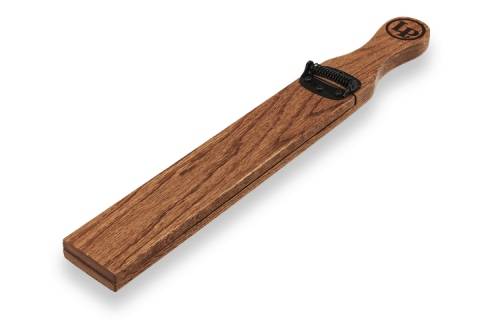
F1 Scratch Push、F#1 Scratch Pull
Scratch sounds, where the user manipulates the turntable to create instrument-like effects.
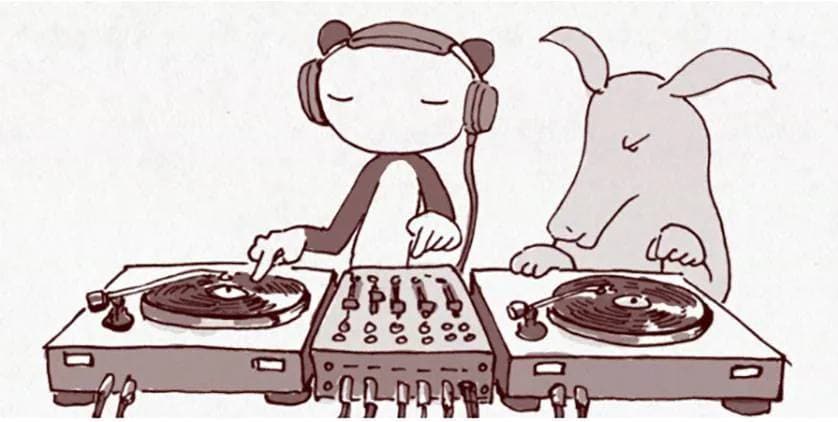
G#1 Square Click
An electronic click sound produced using a square wave.

A1 Metron Click、Bb1 Metron Bell
These are the sounds of a mechanical metronome’s click and bell. Mechanical metronomes typically operate at 40-208 bpm, powered by a spring. The click sound varies depending on the material and size of the casing.
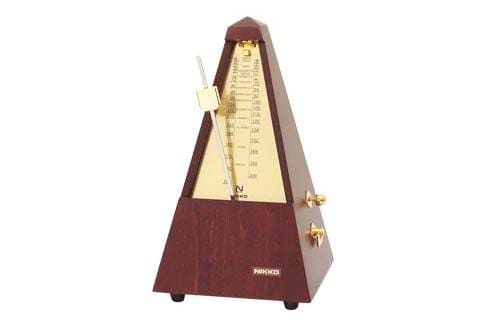
D#2 Hand Clap
A hand clap sound, likely artificially created with reverb effects.

F#3 Tambourine
A tambourine, commonly used in schools, has various playing techniques. In GM, only one pitch is used, limiting its expression and making it feel monotonous.
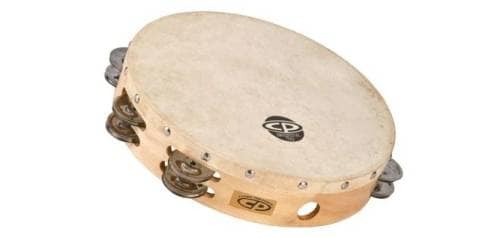
G#3 Cowbell
A cowbell, which originally was used for cattle but has since become popular in many genres, including Latin music.
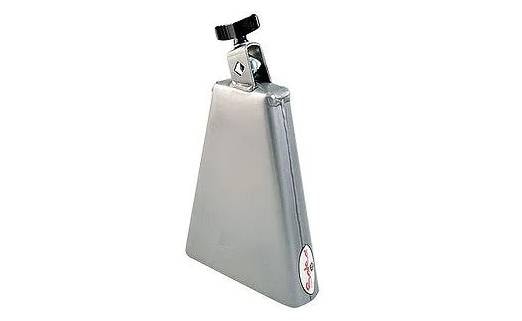
Bb3 Vibra-slap
Vibra-slap. This name is a registered trademark of LP (Latin Percussion). It is a rather unusual percussion instrument, where the round part is shaken, causing a resonating piece inside the square box to vibrate and produce sound. It was commonly used in old Japanese anime as well.
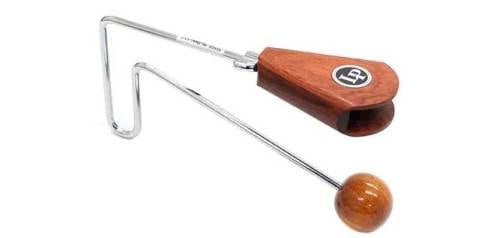
C4 High Bongo、C#4 Low Bongo
Bongo. A percussion instrument from Cuba, played by hand, producing higher-pitched sounds. Bongo, conga, and timbales are among the lead percussion instruments in Latin music.
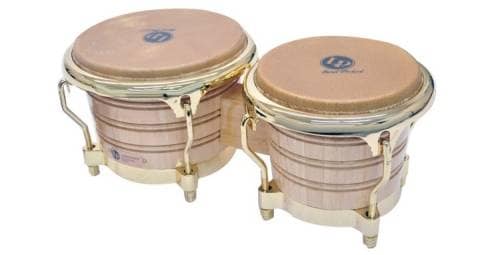
D4 MuteHi Conga、D#4 OpenHi Conga、E4 Low Conga
Conga. Another percussion instrument originating from Cuba, played by hand. Unusually for GM, it uses three keys. D4 is a slap, while the others are open. It produces lower-pitched sounds, so it doesn’t stand out too much in an ensemble and is versatile, making it a popular percussion instrument even outside of Latin music.
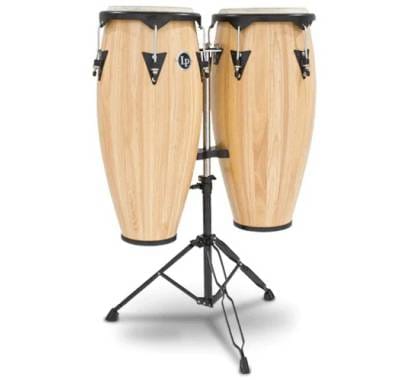
F4 High Timbale、F#4 Low Timbale
Timbales. They have a shape similar to a snare drum, but the drumhead is only on the top, and two drums with different pitches are used together. They are played with sticks, and cowbells are often added as well.
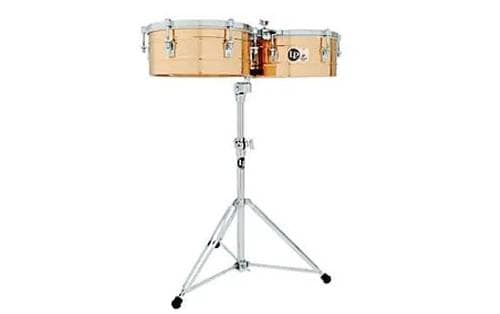
G4 High Agogo、G#4 Low Agogo
Agogo. The standard version has two bells, but there are also three-bell and four-bell versions. It is commonly used in brass bands and is a familiar percussion instrument, even to Japanese audiences.
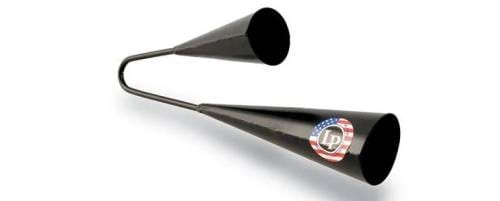
A4 Cabasa
Cabasa. Originally, it featured rings made from beads strung on a string, but nowadays, it typically uses metal ball-like rings resembling a chain. The rings can spin, allowing for various sounds, but in GM, it only controls dynamics and slight delay.
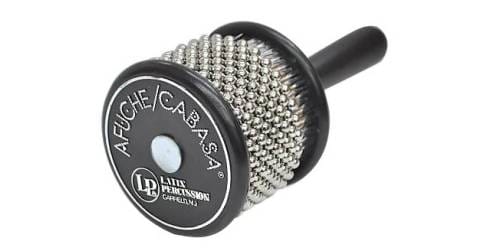
Bb4 Maracas
Maracas. They contain sand inside, and the sound is produced by the movement of the sand. They have a similar structure to shakers. Typically, two maracas with different sounds are used together, but in GM, only one is available, so performing in a maraca-like style can be more challenging.
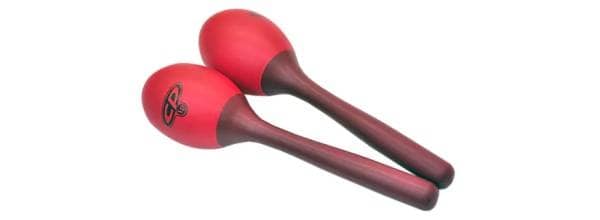
B4 Short Whistle、C5 Long Whistle
Whistle. Since it’s part of Latin percussion, it’s likely a samba whistle, but in GM, there are only two sounds with different lengths, and it does not allow for changes in tone, such as in a closed or open whistle.
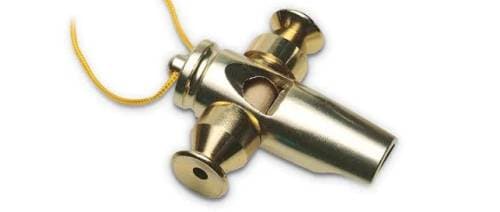
C#5 Short Guiro、D5 Long Guiro
Guiro. This instrument is played by scraping a stick along a serrated surface to produce sound. In GM, you can use both slow and fast scraping sounds.
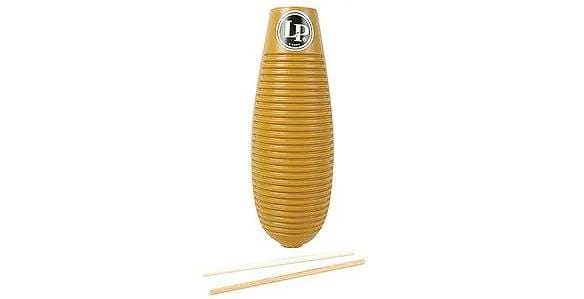
D#5 Claves
Claves. Made from hard wood, these produce a sound similar to that of drumsticks hitting, but with a clearer tone due to the hardness. They are used to play the clave rhythm.
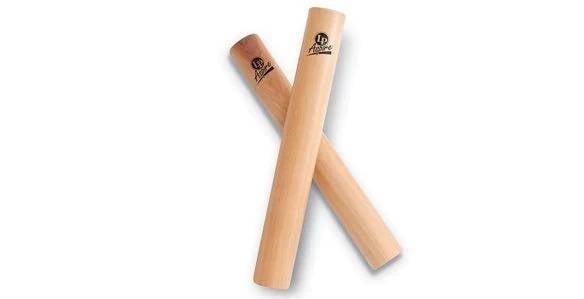
E5 Hi WoodBlock、F5 LowWoodBlock
Woodblock. There are various shapes of woodblocks, but the common factor is that they are made of wood. A famous example of their use is in the song “Syncopated Clock”, where they are used to imitate the sound of a clock.

F#5 Mute Cuica、G5 Open Cuica
Cuica. This instrument has a stick inside that is connected to a membrane (skin). When the stick is rubbed with a wet cloth, the membrane vibrates and produces a sound similar to a human voice. The pitch can be altered by adjusting the tension of the skin. By the way, the sound of Gonta-kun (a character from a children’s television show, Dekirukana) is made using a cuica.
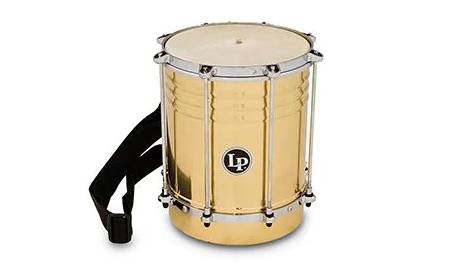
G#5 MuteTriangle、A5 OpenTriangle
Triangle. A familiar instrument, but acoustically it is full of mystery. Similar to a tuning fork, it creates a distinctive sound just by bending a thick metal rod. It can project a clear tone over a wide range, even in loud environments.
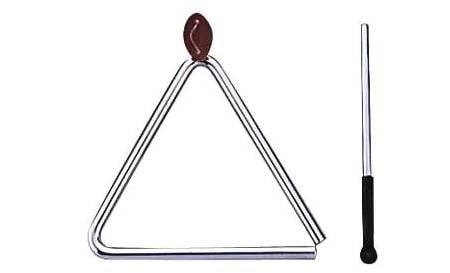
Bb5 Shaker
Shaker. An instrument with sand inside a tube. The tube can be made of wood, metal, plastic, or other materials. A similar structure is found in maracas.

B5 Jingle Bell
Jingle Bell. As the name suggests, it produces a sound reminiscent of Christmas.
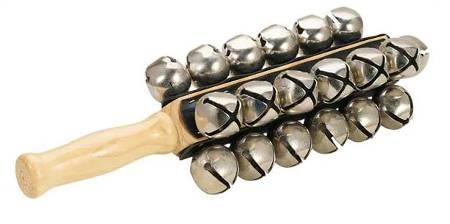
C6 Bell Tree
Bell Tree. A series of bells of different sizes connected together. Depending on how it’s used, it can serve as a sound effect for casting spells in movies, but it seems impossible to achieve that in GM.
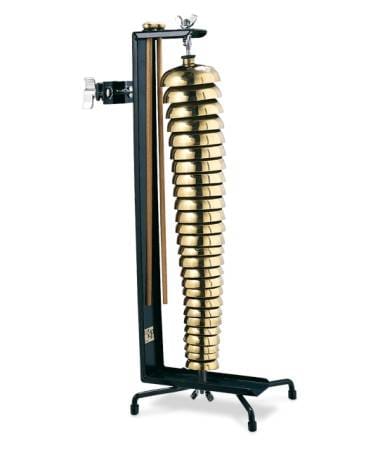
C#6 Castanets
Castanets. An essential instrument in flamenco, they are also widely used for educational purposes due to their size.
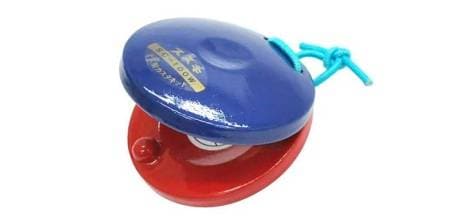
D6 Mute Surdo、D#6 Open Surdo
Surdo. The percussion instrument responsible for the lowest sound in samba. It plays a role similar to a bass drum or bass drum. It is played with mallets, but also uses the palm of the hand for muting. It comes in different sizes, with 18-inch surdos being called ‘surdo’, while other sizes have different names.
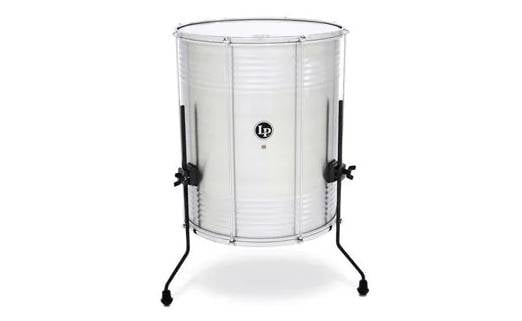
The “sound & person” column is made up of contributions from you.
For details about contributing, click here.












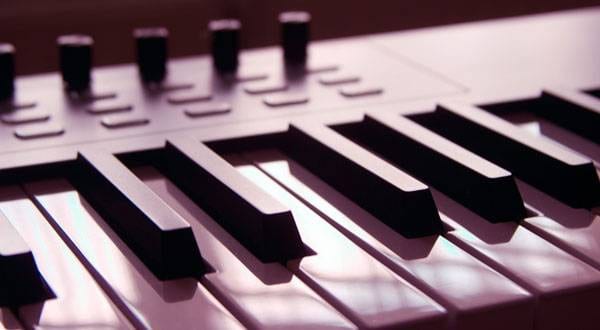


![[2023] Recommended Items for Music Programming - DAW/Software Instruments/Plug-ins](/contents/uploads/thumbs/2/2020/11/20201102_2_11495_1.jpg)

 定番DAWソフトウェア CUBASE
定番DAWソフトウェア CUBASE
 iZotopeが手がけるオールインワンDAW “Spire”
iZotopeが手がけるオールインワンDAW “Spire”
 DTMセール情報まとめ
DTMセール情報まとめ
 DTMに必要な機材
DTMに必要な機材
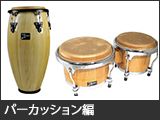 パーカッション編
パーカッション編
 DTM・DAW購入ガイド
DTM・DAW購入ガイド















